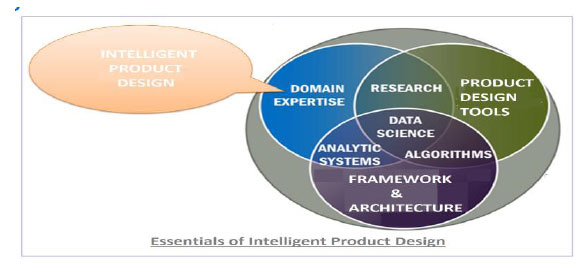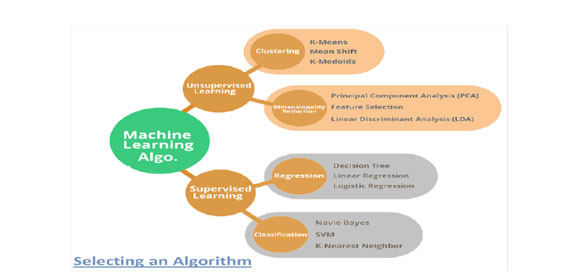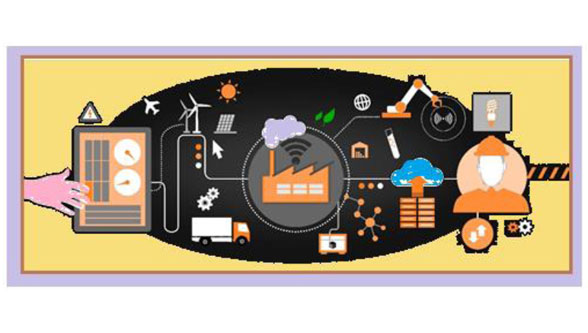We all know that modern technological development focus not only on providing the optimised solutions to fulfil the desired objectives at that instant of time but also focuses on backward and forward integration capabilities with the entire ecosystem. Modern technology development will address to all the gaps where legacy and silos system are dominating in the industries and its really become difficulty to integrate with the other systems and bring every machine running on single platform.
AI, Machine learning and Neural network technologies addressing most of the requirement in industries successfully and provides huge potential applications which also brings high accuracy and integration capabilities. The useful data can be tapped from IIOT systems and other data sources already in functioning in industries.
Modern Technological Benefits
Common Single Platform
Third party integration
Integrating Legacy system
Support OTA, FOTA and Patch Upgradation Service
Intelligence at Edge
Bringing Silos system into one network
Scalable Architecture
Data Security
Data Insight Analytics
Digital Transformation
Data Modelling
Safe Operating environment
Leading Technology and Industry Dominating Solutions
There is always a need of optimum solution to the industries which can brings the transparency, high performance, best quality and safety.
A. IIOT Applications
a. Machine Monitoring & Maintenance
b. Asset tracking and Monitoring
c. Batch Manufacturing
d. Connected Factory
e. Energy saving and harvesting applications
B. Artificial Intelligence based Applications
a. Vison Based Systems
b. Automated Quality Control
c. Safety Systems
d. Self-Driving vehicles
C. ML & Deep Learning Applications
a. Predictive and Prescriptive Maintenance
b. Asset life cycle and Failure prediction
c. Anomaly detection
d. Product Demand & Sales Forecasting
e. Natural Language processing
D. Virtual Reality Applications
a. Remote diagnostics of machine
b. Remote Assembly of Machines
E. Augmented Reality Applications
a. 3D Manufacturing
b. 360-degree view of product at remote location
c. Remote Personal training
d. Design and Modelling
F. Neural Network Applications
a. Face Recognition
b. Credit control and fraud detection
c. Printed Character Recognition

G. RPA (Robotic Process Automation) Application
a. Call Centre Automation
b. Help desk
c. Data Migration
d. Regulatory Compliance
e. Bill of Material and Invoice processing
f. RPA in Banking, Insurance and Retail
Essentials of Intelligent Product Design
Specialized Frameworks and Architectures
Understanding specialised frameworks & architecture is important step for successful develop the products it ensures the error free realisation of the product features.
Example: AI application we need more powerful processors. Thus, as per the design goals we need to understand and select the specialised hardware, their framework and neural network architecture which will helps to optimised the resource-constrained platform including smartphones, IoT edge devices, and other systems with modest performance capabilities.
Selecting Right Embedded Hardware
Today we have numerous modelling techniques where we can find the performance of individual hardware and confirm its suitability as per the requirement of target platform with optimised usages. Selecting a right hardware is key for successful embedded design,
Example: If we select the general-purpose processor for dominating ML application will take much longer time for computation and optimisation is also difficult to achieve
Selecting Right Framework
With Frameworks we don’t have to develop the product from scratch and hence reduces the development efforts and time. The cloud-service providers and framework developers continue to advance more immediate capabilities for simplifying machine-learning solutions development.
Example: Apple Core ML and Android Neural Networks API provide solutions to their respective environments, frameworks such as TensorFlow Mobile (and its emerging evolution as TensorFlow Lite) provide more general solutions.
Selecting Right Library
Readily availability of library has dramatically reduced the need for a deep understanding of the algorithms and made machine-learning & AI development faster and much easier.
Example: The availability of Library such as Arm’s Compute Library designed to support numerous ML functions reduces the development efforts and time.
Selecting Right Algorithm
Selection of algorithm depends upon multiple factors for AI, NN and ML applications choosing an algorithm mostly depend on the availability of data sets and solving the type of use case and desired objectives to be achieved.

- Supervised Learning Algorithm In this type of learning we have two set of variables i.e a target variable (or dependent variable) which is to be predicted from a given set of predictors (independent variables). Using these set of variables, we generate a function that map inputs to desired outputs. With the use of training process is we can achieve the desired level of accuracy on the training data.
Examples: Regression, Decision Tree, Random Forest, KNN, Logistic Regression - Unsupervised Learning Algorithm Unsupervised Learning algorithm, is used to find all kinds of unknown patterns with in a given data. Clustering and association are two kinds of unsupervised learning.
Examples: Apriori algorithm, K-means. - Reinforcement Learning Algorithm Linear Regression, Logistic Regression, Decision Tree, Support Vector Machine, Naive Bayes, kNN, K-Means, Random Forest, Dimensionality Reduction Algorithms, Gradient Boosting algorithms
- Common Neural Network algorithm
Gradient descent, Newton method, Conjugate gradient, Quasi-Newton method, Levenberg-Marquardt algorithm. We need dedicated hardware designed to accelerate machine-learning applications targeting potential market segments.
Example: High performance machine learning algorithm we can use hardware devices such as Intel Movidius Neural Compute Stick, NVIDIA Jetson TX2 modules etc.
Software Development
Traditional approach of software development, delivering an effective model can require various trial and error in trying different solutions and finding the optimised and efficient solution.
Today, we have several neural network frameworks such as TensorFlow, Keras, significantly simplify the task of building complex models. For rapid model building we have Google’s Cloud AutoML, which uses transfer learning and reinforcement learning to find good model architectures in specific domains.
Product Design Tools
FPGA based design
The Field-Programmable Gate Array, or FPGA is an integrated circuit that can be configured ‘in the field’ by the designer to perform certain operations. Due to FPGA’s reprogramming capabilities make them flexible for faster prototyping.
Example: Lattice Semiconductor’s Sens AI platform uses a neural network compiler able to compile TensorFlow pb files and others onto Lattice neural-network IP cores for implementation on Lattice FPGAs.
Microcontroller based design
Embedded product design with Model-based design (MBD) approach used to performs verification and validation through testing in the simulation environment It covers various disciplines, functional behavior, and cost/performance optimization to deploy a product from early concept of design to final validation and verification testing.
Advanced AI chips utilizes various methods to merge logic and memory in micro architectures needed to speed the kinds of operations underlying AI applications
Conclusion
Every technology is developed to address particular segment of applications and hence before adopting new technology or solution it’s important to understand its applicability for particular segments. Also, for new product development we have to understand their specialised hardware requirement and use the powerful frameworks and before actual mass production.
Article by Rahul Chandrayan ([email protected])



